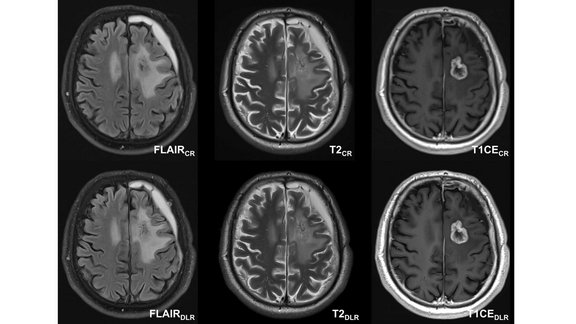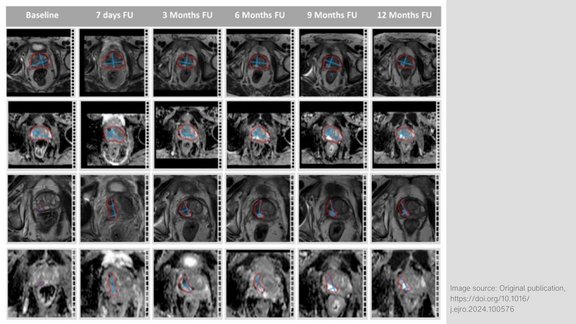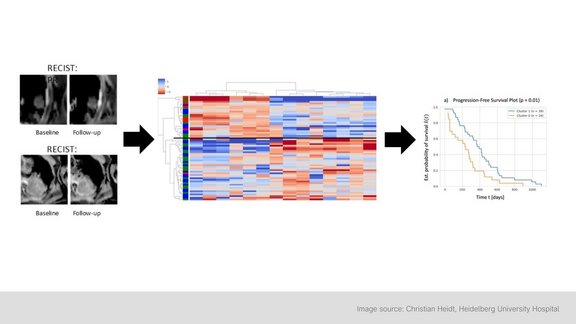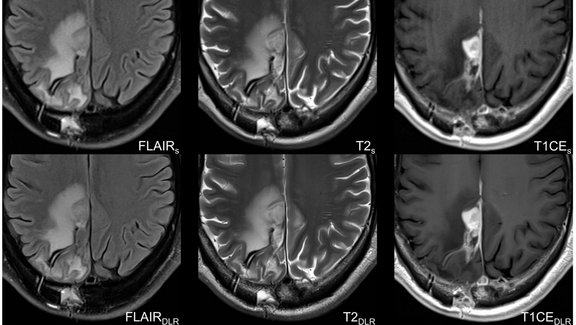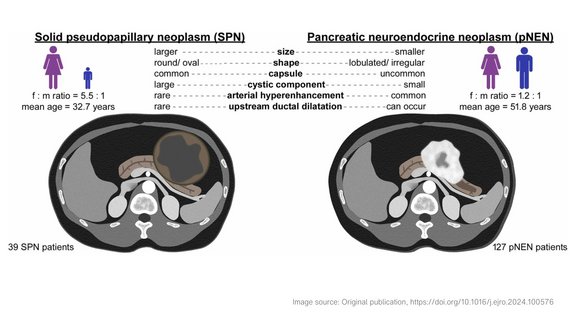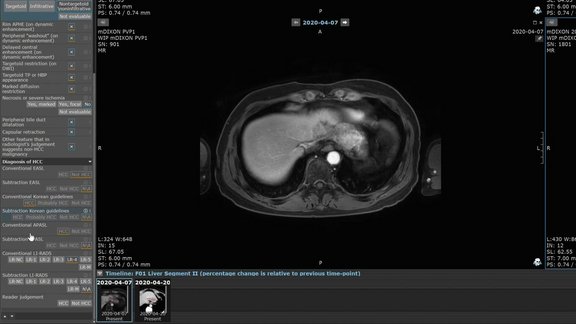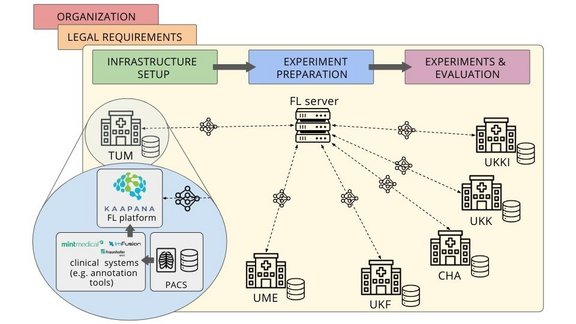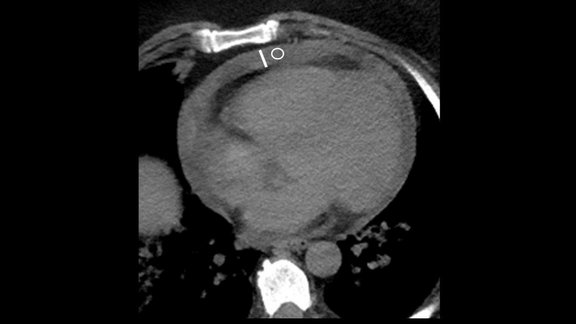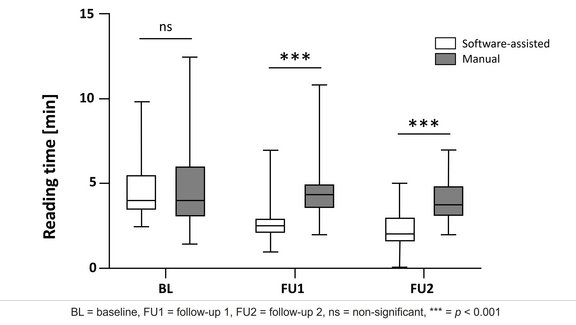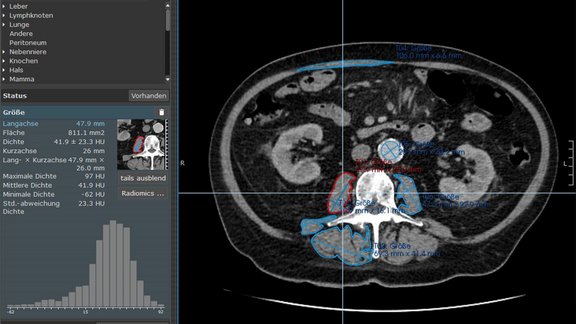Impactful Findings from Medical Imaging Research
Dive into a collection of short summaries of recent medical imaging studies that shed light on hot topics such as structured reporting, texture analysis, radiomics, or novel imaging biomarkers. Identify the role mint Lesion ↗ played in these studies and contact us ↗ if you have any questions about our software platform.
Here you will find a detailed list of scientific publications in which mint Lesion has had a significant impact:
